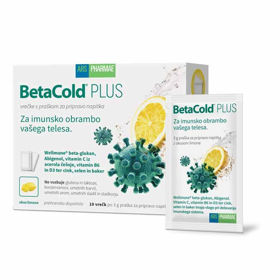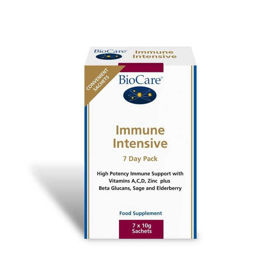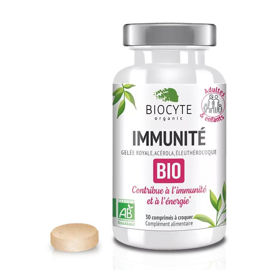Customer question:
Is angina more common in children than in adults? Anonymous customer's question
Pharmacist's answer:
Yes, angina is usually more common in children than in adults. This is partly because children are usually more exposed to viruses and bacteria that cause inflammation of the throat and tonsils, which can lead to angina.
In addition, children are often more prone to spreading infections, as they are more often in contact with other children in kindergartens, schools, and other environments where they socialize.
Can angina in a child be very dangerous?
Angina in children is usually less severe than in adults, but in some cases, it can pose a severe risk to a child's health. The main danger of angina in children is the possibility that the infection can spread to other parts of the body or cause complications such as throat abscesses, a streptococcal infection that can affect the heart (rheumatic fever), or inflammation of the kidneys (glomerulonephritis).
Also, read more about angina pectoris.
Some children may also develop breathing problems due to angina, especially if the tonsils become severely inflamed and swollen. In rare cases, so-called "obstructive sleep" can occur, where swollen tonsils obstruct the airway during sleep, leading to disturbed breathing and snoring. Therefore, it is important for parents to closely monitor their child's symptoms of angina and consult a doctor if they notice any signs of serious complications or if the symptoms worsen.
How do you protect a child from angina?
Prevention of angina in children includes several measures to reduce exposure to infections and strengthen the immune system. Teach your child to wash their hands with soap and warm water regularly, especially after using the toilet, eating, and returning home from public places. Try to limit your child's exposure to viruses and bacteria by avoiding close contact with people who show signs of infection and avoiding places with a high risk of transmission, such as crowded nurseries or schools during an outbreak.
Encourage healthy habits in your child, including proper nutrition, adequate sleep, regular physical activity, and an appropriate balance between work and rest. This can strengthen the immune system and reduce the risk of infection. Avoid exposing your baby to cigarettes or other smoke, as this can irritate the airways and increase the risk of infections. If your child has chronic health problems such as allergies or asthma, talk to your doctor about appropriate treatment that can reduce the risk of angina complications.
Although no measure can provide complete protection against angina, these tips are sure to help reduce your child's risk of infection. It is also important that the child learns to recognize the signs of infection and act properly in case of illness, such as sneezing or coughing appropriately and avoiding contact with others until the symptoms have disappeared.
How to alleviate the symptoms of angina in a child?
Give your child plenty of rest and help him drink enough fluids to stay hydrated. Hydration is essential, as it can help eliminate toxins from the body and relieve sore throats. Warm drinks such as tea with honey can help relieve sore throats in children. Honey also has anti-inflammatory properties that relieve inflammation. Using a humidifier or simply breathing cool air can help soothe a sore throat and reduce swelling.
A warm bath or shower can help relax muscles and relieve symptoms such as pain and discomfort. Sore throat lozenges or tablets help relieve pain and irritation in the throat. Avoid giving lollipops or lozenges to babies who are too young to avoid the risk of suffocation. If the child has a fever or severe pain, the doctor may prescribe paracetamol or ibuprofen according to the dosage instructions to relieve symptoms.
A warm compress on the neck can help relax muscles and relieve sore throats. Rinsing your mouth with warm salt water helps reduce pain and inflammation in this area. In children old enough to rinse their mouths, this can also effectively relieve angina symptoms.
Interesting reading: Angina pectoris Symptoms
Interesting reading: Which antibiotic for angina?












 Facebook
Facebook
 Instagram
Instagram
 info@moja-lekarna.com
info@moja-lekarna.com

